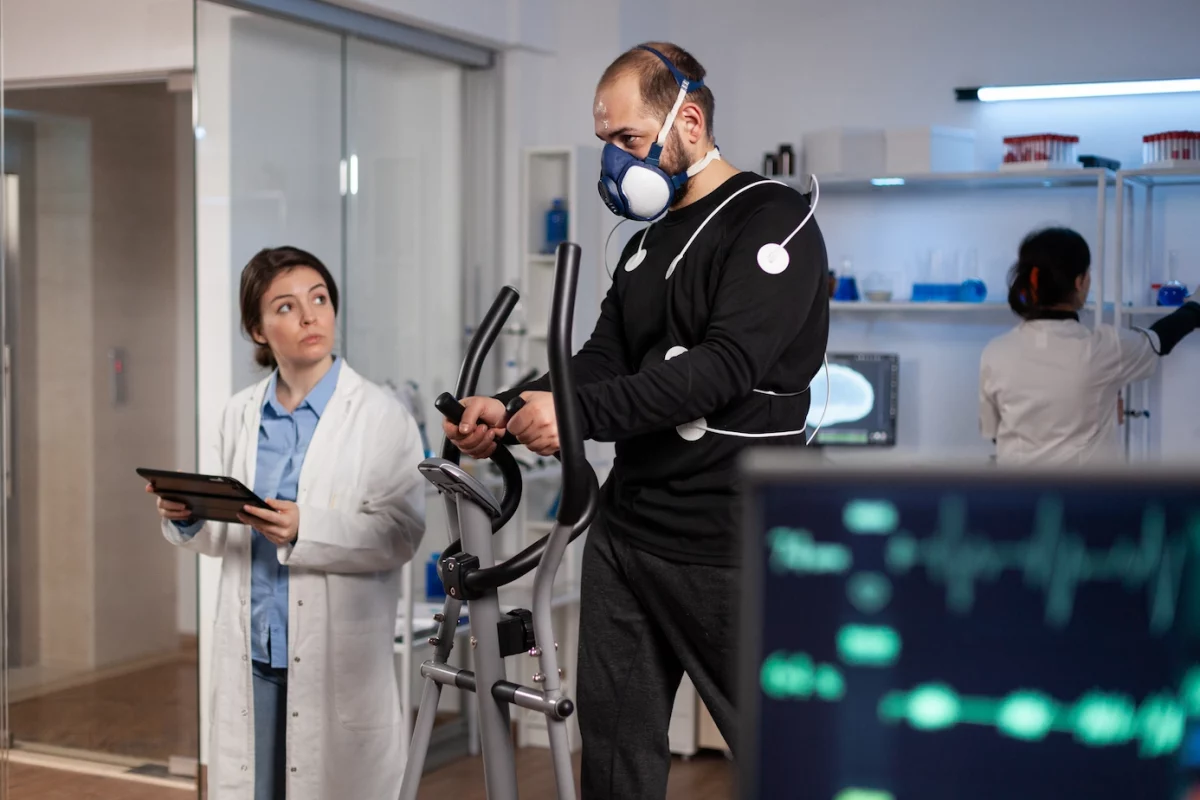
The new frontier of wellness is no longer measured in exercise routines or diets, but in biological data.
The so-called personalized biohacking is transforming how we understand health: a practice that unites genetics, neuroscience, and technology to optimize the body and mind from their roots.
It’s no longer just about “feeling good,” but about understanding how our organism works and learning to direct it with precision.
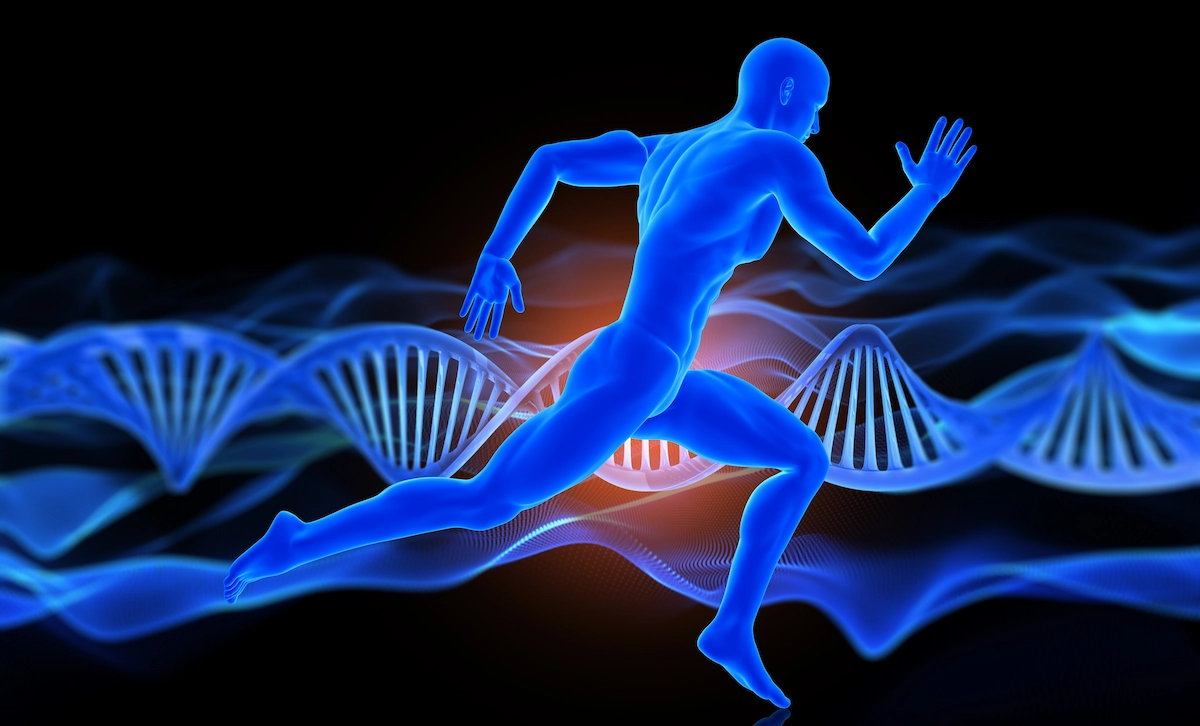
The body as a map of information
Each person possesses a unique biological code, and science has begun to decipher it.
Thanks to genetic sequencing, it’s now possible to understand how we process nutrients, how we react to stress, or which circadian rhythm best favors our rest.
This information, combined with intestinal microbiome analysis, makes it possible to design personalized strategies to improve digestion, immunity, and hormonal balance.
In other words: the body ceases to be a mystery and becomes a constantly evolving map of information.
The goal of biohacking is not to reach perfection, but to fine-tune the biological system so that it works in our favor—with coherence, energy, and mental clarity.
Emerging techniques that promise to reprogram our wellbeing
Biohacking integrates a wide range of scientific and therapeutic tools.
Among the most used are:
• Continuous biometric monitoring: devices that measure interstitial glucose, heart rate variability (HRV), circadian rhythm, inflammation levels, or basal metabolism.
• Photobiomodulation: controlled exposure to red and infrared light to stimulate mitochondria and cellular repair.
• Whole-body cryotherapy: extreme cold sessions (–100 to –180 °C, short durations) used to reduce inflammation, improve muscle recovery, and activate anti-stress mechanisms.
• Neurofeedback: brainwave feedback to enhance attention, reduce anxiety, and boost neuroplasticity.
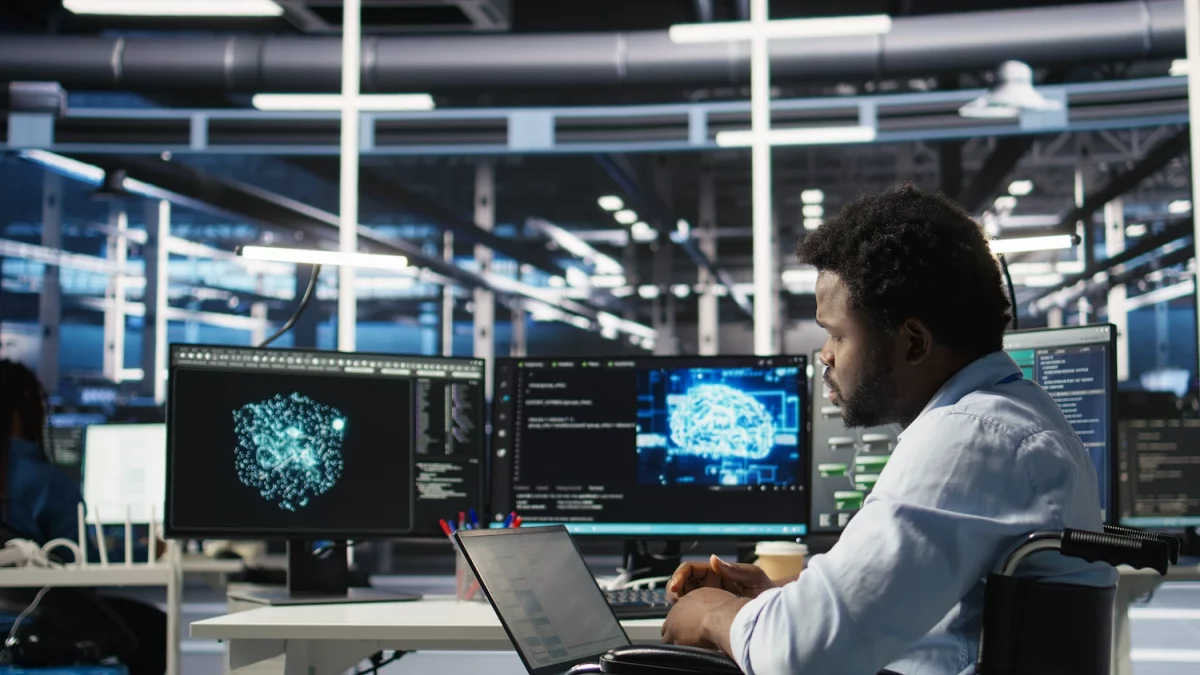
• Experimental longevity therapies: treatments with senolytics, mTOR modulators, the use of rapamycin or metformin in clinical contexts—though many are still under investigation.
• Hyperbaric chambers: oxygen administration under high pressure to promote tissue repair and modulate inflammation.
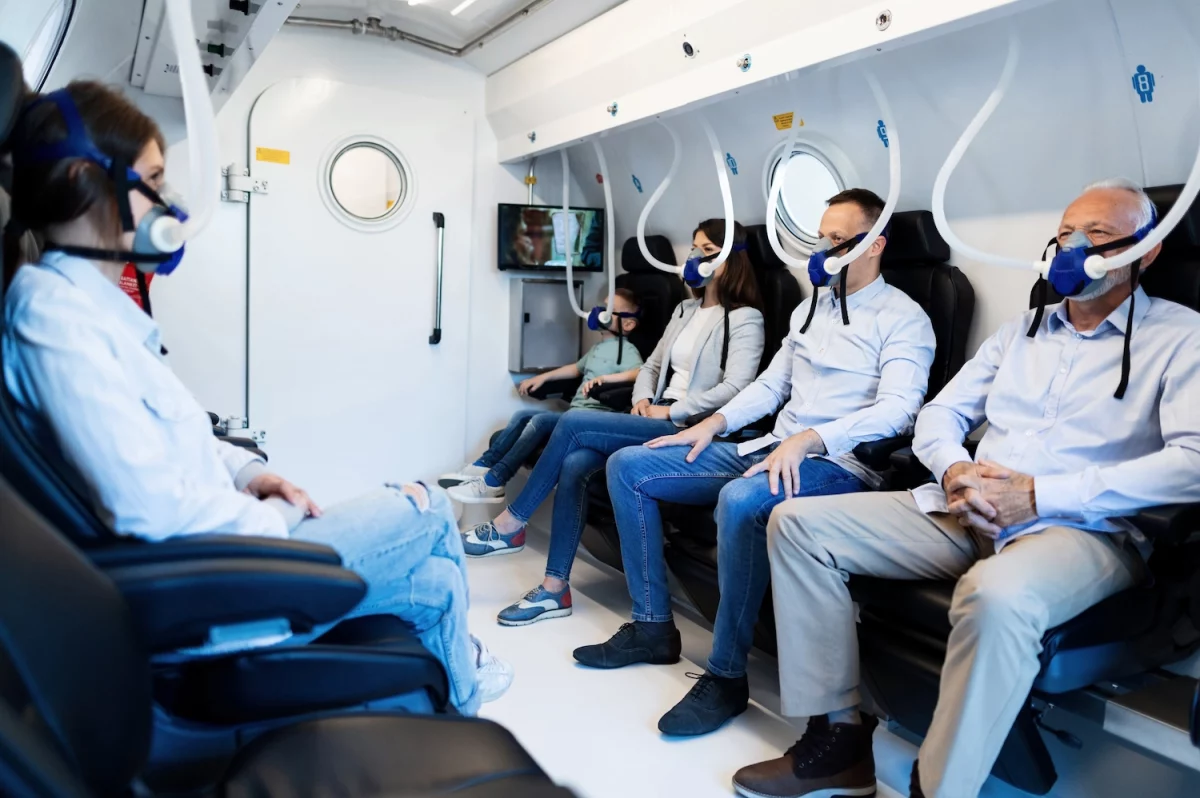
• Hyperbaric chambers: oxygen administration under high pressure to promote tissue repair and modulate inflammation.
• Peptide therapies, NAD⁺ boosters, and senolytics (in experimental settings): emerging interventions to modulate cellular aging.
• Customized IV infusions and nutritional “cocktails”: micronutrients, metabolic cofactors, and antioxidants tailored to biochemical profiles.
• Thermal contrast exposure: alternating cold and heat (ice baths + infrared sauna) to activate hormetic mechanisms.
• Integrated multi-omics analysis (genomics, metabolomics, proteomics): used to trace unique biological maps.
These practices, combined with diets adapted to genetic and microbiome profiles, form the foundation of the new paradigm of preventive health.
Wellbeing is no longer a set of general habits, but an experience guided by scientific evidence.
People who already practice biohacking
• Serena Williams recently shared a –110 °C cryotherapy session as part of her recovery and performance routine.
• LeBron James has spent years integrating advanced recovery protocols: cryo, hyperbaric chambers, red-light therapy, thermal contrast, and exceptional sleep plans.
• Jennifer Aniston, Demi Moore, Alicia Keys, and Kourtney Kardashian include cryotherapy among their secrets for beauty, recovery, and overall wellness.
• Cristiano Ronaldo reportedly installed cryotherapy chambers in his home to enhance muscle recovery after intense training sessions.
• Bryan Johnson, founder of Blueprint, invests millions per year in his daily routine: tailored diets, biomarker monitoring, structured sleep, and recovery therapies. His stated goal: to reduce his biological age.
• Peter Diamandis, biotechnology entrepreneur, promotes treatments such as stem cell therapies, genetic reprogramming, and the use of artificial intelligence to extend functional health.
Beyond aesthetics: the invisible force behind health
The power of biohacking lies not in what is seen, but in what happens beneath the surface:
• Improved metabolic phenotype: optimizing the body’s ability to use nutrients, process glucose, and maintain muscle mass.
• Hormonal regulation: cortisol, melatonin, thyroid hormones, insulin—imbalances here underlie chronic fatigue, premature aging, and sleep disorders.
• Neuroplasticity: how techniques such as neurofeedback, data-guided meditation, or sensory stimulation help reorganize brain circuits and enhance focus, creativity, and emotional resilience.
• Cellular repair: through antioxidant interventions, mitochondrial activators, and lifestyle habits that promote DNA repair, telomere maintenance, and longevity.
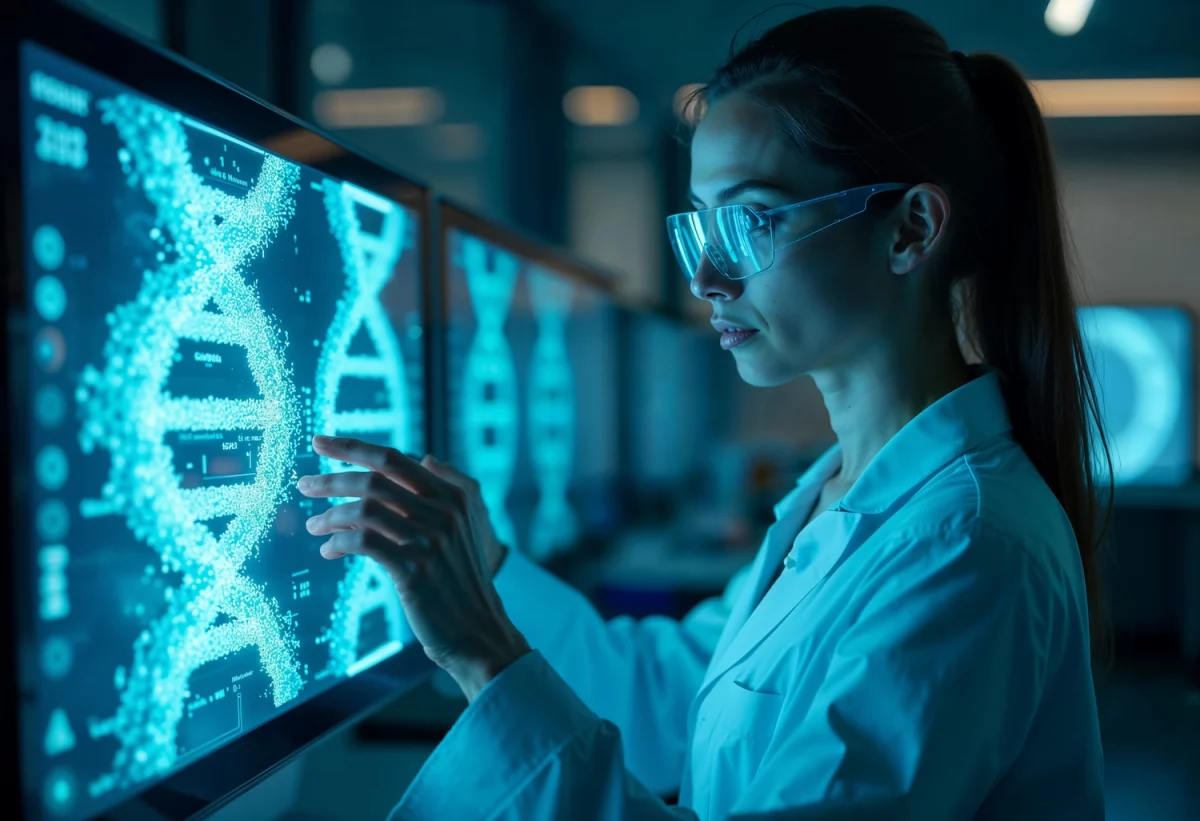
Real challenges: between promise and proof
This is no fairy tale. There are critical aspects anyone interested in biohacking should keep in mind:
• Many protocols still lack robust clinical trials, anecdotes abound, replicable evidence less so.
• Ethical risks: genetic privacy, health data usage, and inequality in access.
• Side effects and dosage: what works for one body can be harmful to another.
• Obsession vs. wellbeing: keeping a balanced perspective so that optimization does not become pressure.
A new narrative of health
Personalized biohacking is no longer a subculture reserved for technologists; it’s beginning to shape how we think about caring for our bodies. Not as an aesthetic mandate, but as an intimate conversation with our genes, immune system, and brain.
This practice proposes a new kind of wellness—one that is informed, conscious, and ecologically attuned to its biological scale.
What’s attractive is no longer just feeling strong, but being aligned with what allows our organism to function fluidly: restorative sleep, compatible nutrition, clear mental states, and efficient recovery.
